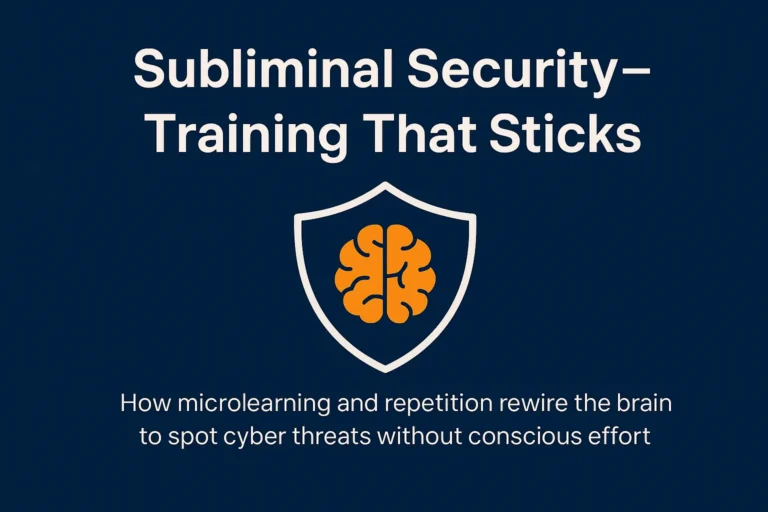Break Free from Email Overload: Embrace Quick Teams Meetings for Better Decision-Making
In today’s fast-paced business environment, spending countless hours reading and responding to emails can feel like a never-ending task. For many, this “email tennis” detracts from focusing on core business activities and customer engagement. Break free from email overload by using a more efficient way to communicate and make decisions: quick Teams meetings.
The Power of Quick Teams Meetings
Quick Teams meetings can significantly enhance decision-making processes. Unlike long email threads that can drag on for days, Teams meetings allow for immediate feedback and discussion. This real-time collaboration leads to faster and more informed decisions, helping your team stay agile and responsive.
Real-Time Collaboration: Teams enables instantaneous communication, making it ideal for situations requiring immediate attention. This real-time interaction ensures that everyone is on the same page and can contribute to the decision-making process effectively.
Focused Communications: Email threads can quickly lose focus, with conversations veering off-topic and becoming difficult to follow. Teams meetings, on the other hand, provide a structured environment where discussions stay on track and relevant.
Improved Efficiency: A study by McKinsey found that using collaborative tools like Teams can increase productivity by up to 25%. By reducing the time spent on lengthy email exchanges, your team can focus more on strategic tasks and customer interactions.
Tips for Encouraging a Collaborative Approach
To transition from long-winded email chains to a more collaborative approach, consider these tips:
Set Clear Expectations: Encourage your team to use Teams for quick discussions and decision-making. Make it clear that lengthy email threads should be avoided when a quick meeting can resolve the issue more efficiently.
Use Channels and Tags: In Teams, create specific channels for different projects or topics. Use tags to notify relevant team members, ensuring that the right people are involved in the conversation without cluttering everyone’s inbox.
Schedule Regular Check-Ins: Hold regular check-in meetings to discuss ongoing projects and address any issues. This practice helps keep everyone aligned and reduces the need for back-and-forth emails.
Keeping Email Communications On Topic
While quick Teams meetings are ideal for many situations, there are times when email communication is necessary. To keep email threads focused and on topic, follow these guidelines:
Use Clear Subject Lines: Ensure that your email subject lines are specific and accurately reflect the content of the message. This helps recipients quickly understand the purpose of the email.
Summarize Key Points: At the beginning of your email, provide a brief summary of the key points. This helps recipients grasp the main message without having to read through the entire thread.
Limit Recipients: Only include individuals who are directly involved in the discussion. Avoid copying unnecessary parties, as this can lead to off-topic tangents.
Encourage Conciseness: Promote a culture of concise communication. Encourage team members to get to the point quickly and avoid lengthy explanations unless absolutely necessary.
By embracing quick Teams meetings and adopting these email communication strategies, your team can improve decision-making, enhance productivity, and focus more on what truly matters: your business and customers.



